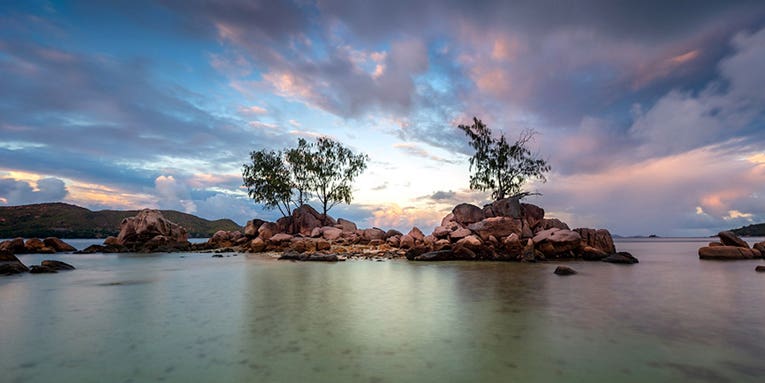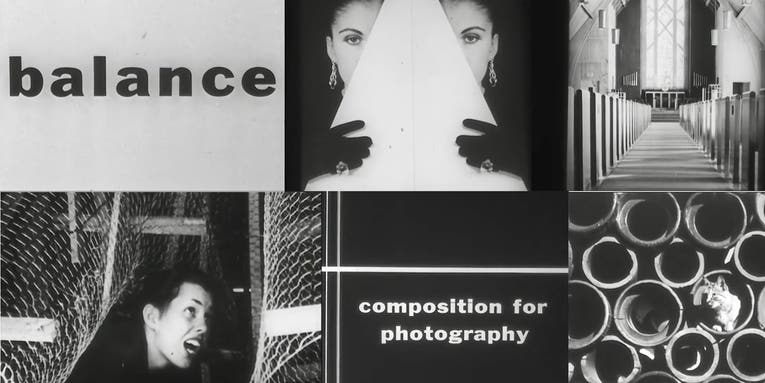
Composition
Latest Composition Stories

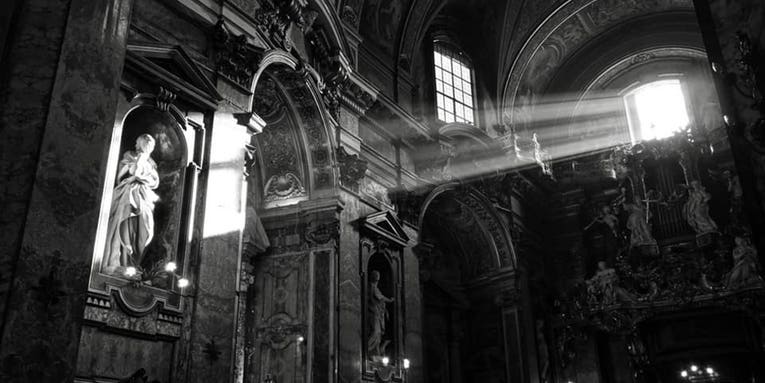
Let there be light: Reader-submitted photos of light & shadow
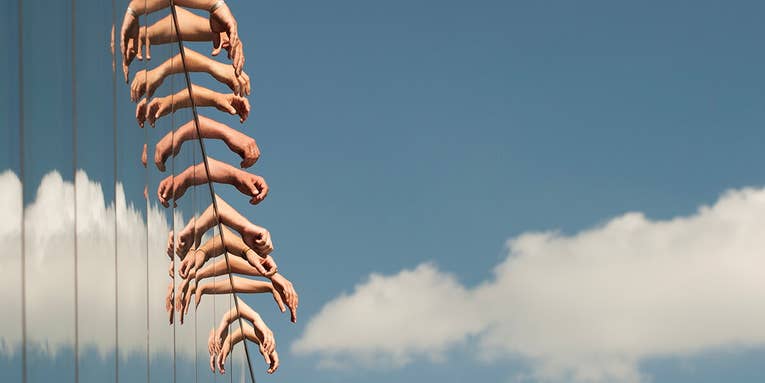
Less is more: See the winners of the Minimalist Photography Awards
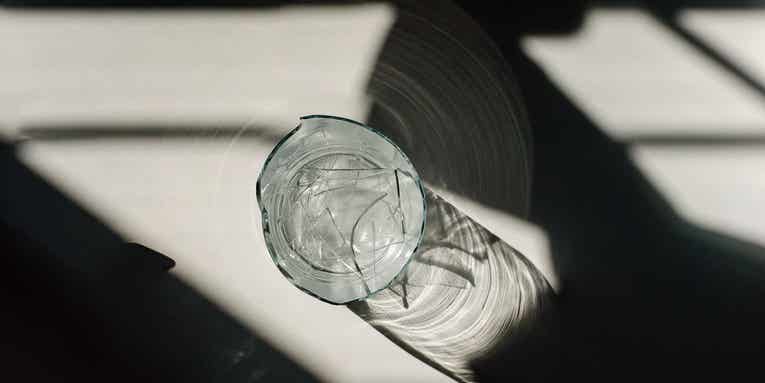
A game of tones: Show us your best photos of light and shadow
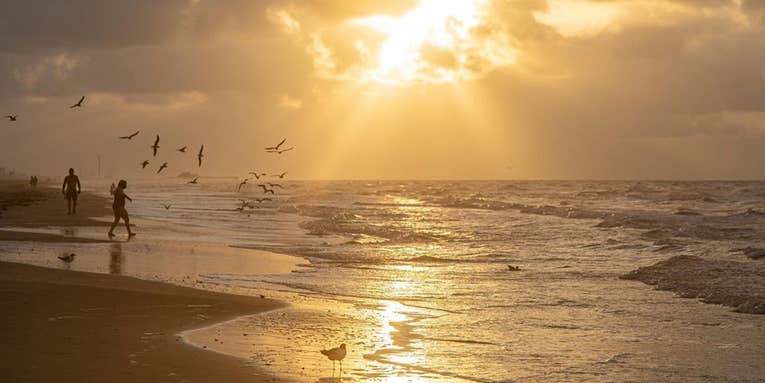
Just look up: Reader-submitted sky and space Photos of the Day
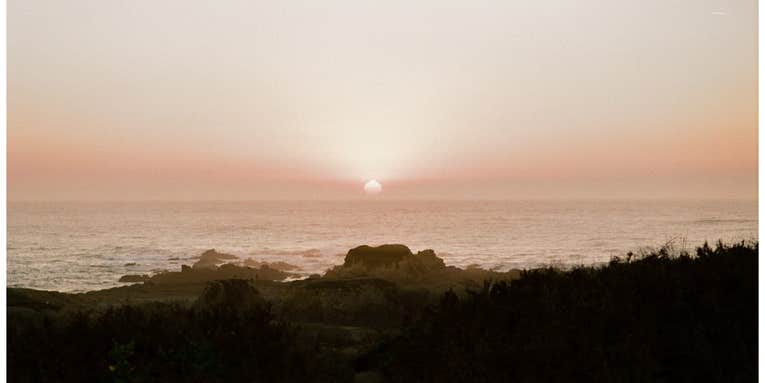
Sun, moon, and stars: Show us your best photos of the sky

Birds of a feather: Show us your best avian photography
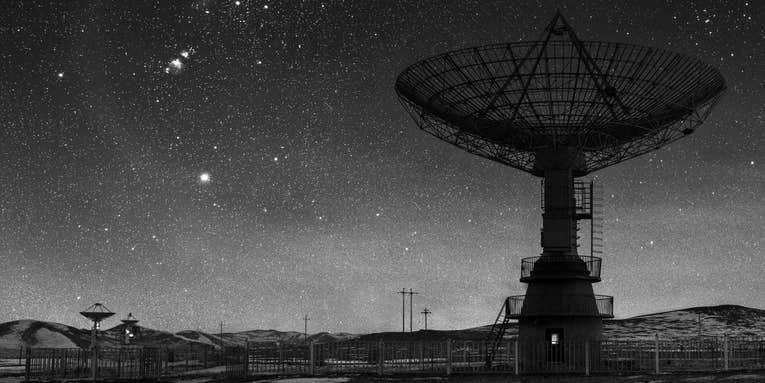
Feast your eyes on these brilliant astronomy photos
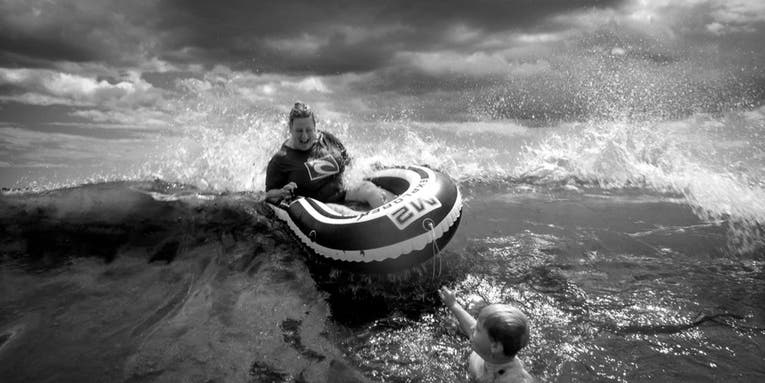
Everything’s just beachy: Our favorite reader-submitted Photos of the Day
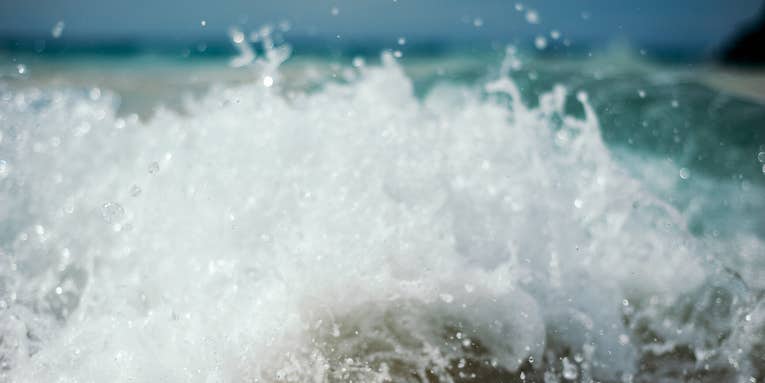
Surf’s up: Show us your best images of the beach
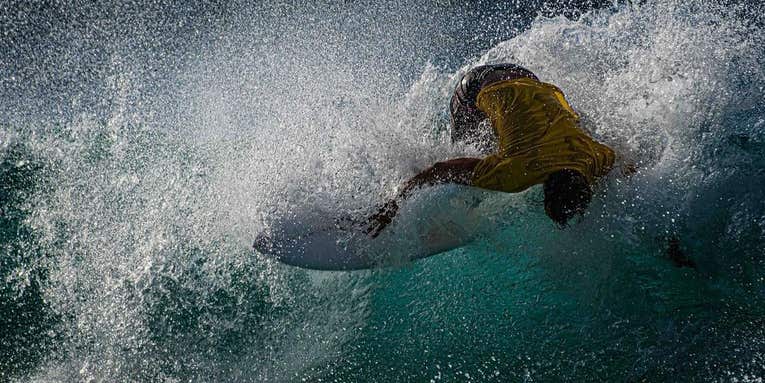
This week’s reader-submitted Photos of the Day are a tour around the world
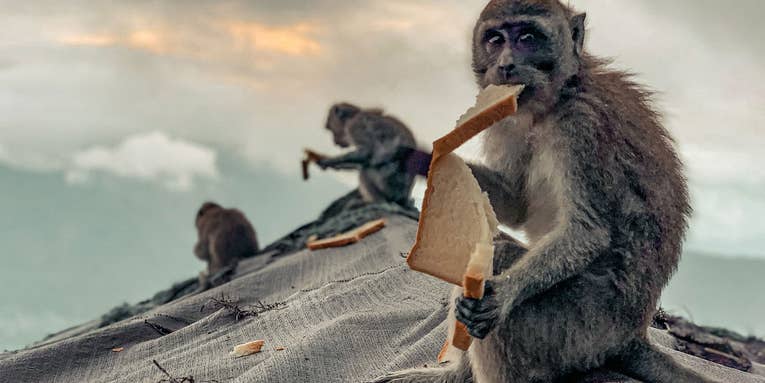
Rats, coyotes, and raccoons, oh my! The year’s best urban wildlife photography
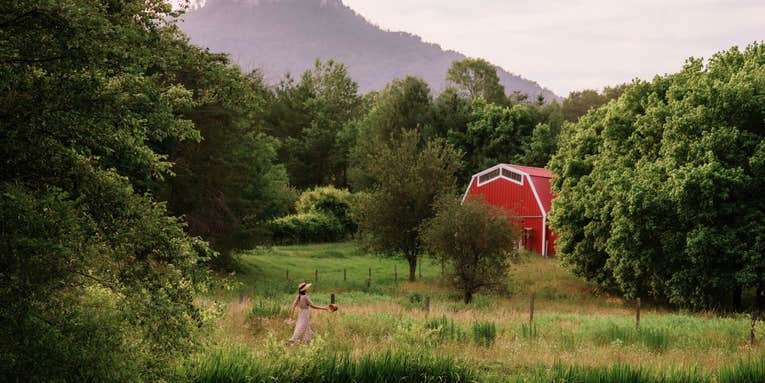
Photo challenge: Show us your favorite images of all time
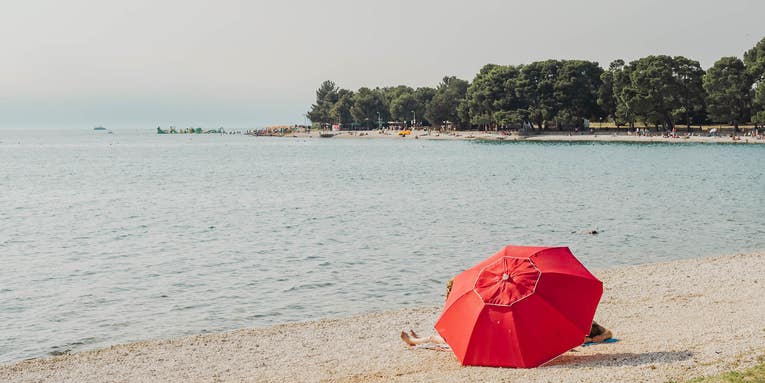
Electrifyingly hot: our favorite reader-submitted photos of the day
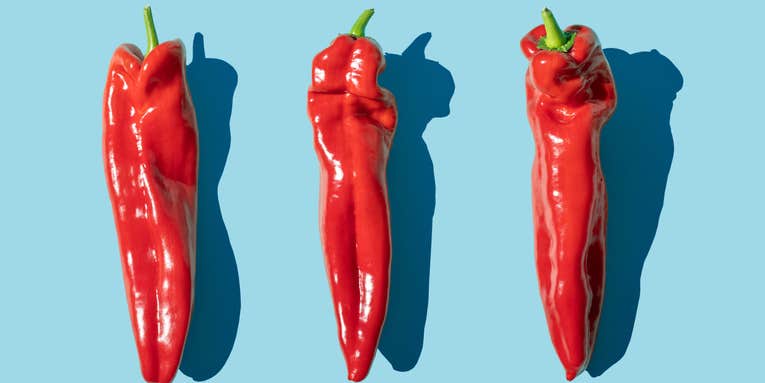
We didn’t start the fire, but we want to see your best photos of heat
